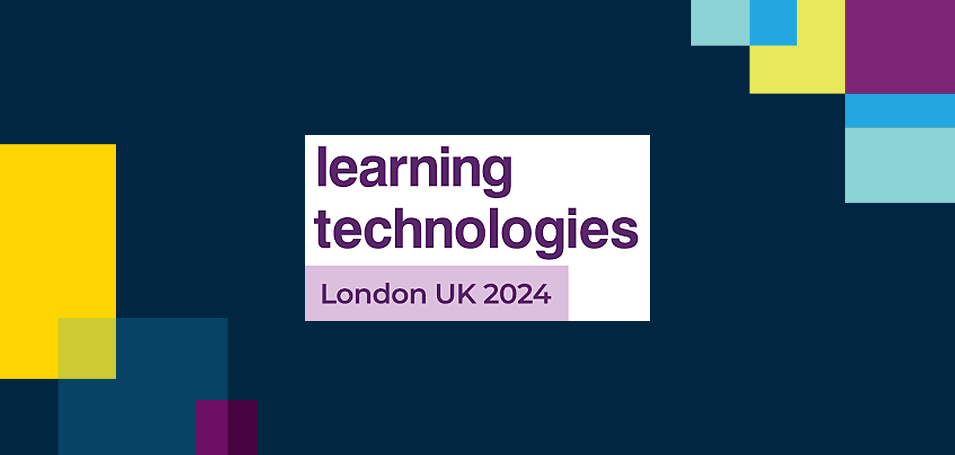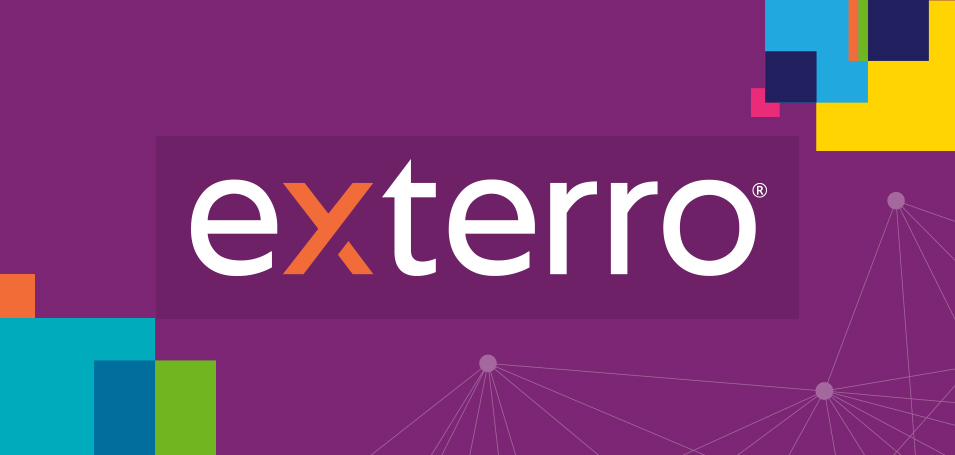Hot take! Deciding who will deliver your education is almost as important as the content itself. After all, if you can’t build a customer learning team that can support you in delivering the content impactfully, no one will ever consume it.
In The Customer Education Playbook: How Leading Companies Engage, Convert and Retain Customers, Barry Kelly and I talk in detail about building a customer learning team made up of Subject Matter Experts (SMEs), partners, instructors and more, and how to get the best out of these relationships. There’s also an exclusive interview with Melissa Van Pelt, VP Customer Education and Advocacy at Seismic and all-around Customer Education superstar. You can get your own copy of the book here, and I’ll share some of the highlights of this chapter below.
How to Choose Instructors: Should They Be Technical Experts, or Training Experts?
I get asked this question a lot: When interviewing people for training content, do my instructors need to be experts in the technical side of my product?
When you’re interviewing candidates, you’ll see that some instructors may be expert trainers, but have poor technical knowledge. Others may be technically skilled but have less experience in training itself. It can be difficult to find people who blend both skills.
Technical Trainers: The Pros and Cons
There are great things about technically-proficient trainers. These candidates will come to the table with a mastery of the subject area and easily understand technical concepts without needing you to do a lot of work. They will be able to build on their previous technical knowledge to identify smart ways to deliver technical training.
However, they may struggle with translating that knowledge into easily digestible learning experiences. They might also have what we call “the curse of knowledge” – they know so much that they make assumptions about the learner’s own foundational knowledge. If the education is pitched at the wrong level, trainers can end up overcomplicating something that’s relatively simple, or overwhelming the learner.
Experienced Trainers: The Pros and Cons
On the flip side, you are also likely to speak to candidates who have little technical background but who are expert trainers. They will be experienced in engaging learners, managing the classroom effectively and making intuitive decisions, such as when to spend more time on a given topic or when the audience is getting overwhelmed with information.
However, they’re not a SME. If they can’t answer questions about the technical aspects of the product, or if they provide incorrect or misleading information, this can undermine the learning process and lose you credibility fast.
Which is it? Technical or Experienced?
The truth is… there’s a balance! For me, I like to ensure that trainers are trainers first, but still have deep foundational knowledge about the subject matter. Add to this a “concierge mindset” with additional resources at hand to make sure they can connect learners with information that’s beyond the scope of the basics.
However, one thing is critical: Your trainers must have absolute mastery in the area of value proposition. They need to know back to front how the product is going to help customers to achieve success and be able to communicate that to learners clearly and thoroughly.
Getting the Most Out of SME Relationships
As your trainers may not be SMEs themselves, working with the right people to get the knowledge they need is essential. Here are some top tips for working with SMEs.
- Start early: As soon as you arrive at a new company, identify your SMEs and reach out. Make a relationship so that they know you’re not just coming to them when you need something.
- Explain the goal: Make sure your SMEs know what the goal of the content is, which helps them understand what information you’re looking for. Describe how the content will help the customer and the business.
- Arrive prepared: Show up at the interview with questions ready to go. Think about practical questions about features and functionality, as well as wider questions like “why should customers care about this?”
- Consider a group session: You may get more out of putting multiple SMEs in a room, and facilitating a conversation. If so, use tools like whiteboarding, sticky notes, and other ways to encourage people to open up.
- Be explicit: What do you need from the SME? Is it just this interview, or could you benefit from their involvement elsewhere? If you need supporting materials or an introduction to someone else – spell it out.
No matter what, recognize and reward the work that your SMEs are doing. Expressing gratitude and making your SMEs and contributors feel special is so important. You may even want to provide a mechanism for mutual feedback, helping you to be more effective in your research, and providing a standardized route for you to show appreciation.
Incorporating Partner Training to Build a Customer Learning Team
A great way to scale and build your customer education team is to use channel partners, resellers, or distributors, who can sell your product or service on your behalf. These partners will be the face of your company and product, so “training the trainers” is critical.
Start by creating a manual or a guide that you can give to your partners, repurposing existing content in a smart way that allows your partners to understand the resources that they have at their disposal. Include an assessment at the start so that you can pitch the training effectively for their level of knowledge and expertise. Your goal is to ensure they are familiar with the value proposition, that they understand how to meet common objections, and that they are clear on your product marketing messaging.
Keep Partners Moving Forward After Onboarding
In some cases, it might make sense to standardize expectations across your partner base by using a certification. Partners need to pass this certification to sell on your behalf, and they can use this badge or qualification to prove their expertise. Over time, as you build your learning team, you can track partner performance using an LMS to measure prospect and customer engagement, ensure they have a full and accurate understanding, and even assess their knowledge and skills.
Getting partners onboarded is part one, but what about keeping them up to date moving forward? There’s nothing worse than a partner who doesn’t understand your latest feature updates, or a customer who knows more about the technology than the reseller! Consider hosting a monthly webinar for partners, or even a shared workspace where they can access current templates, pricing, feature updates, files, and brand guidelines.
Whatever process you use, remember that you’re deputizing these partners to go out into the world on your behalf. Whatever experience your customers have with your partners, that’s how they will view your brand. So make it a great one!
The Customer Education Playbook takes a deep dive into 12 steps of building effective customer education programs, from understanding business and customer goals, to creating the content, building a consumption strategy, and measuring the effectiveness and ROI of the program.
You can learn more, and get hold of your own copy right here.



